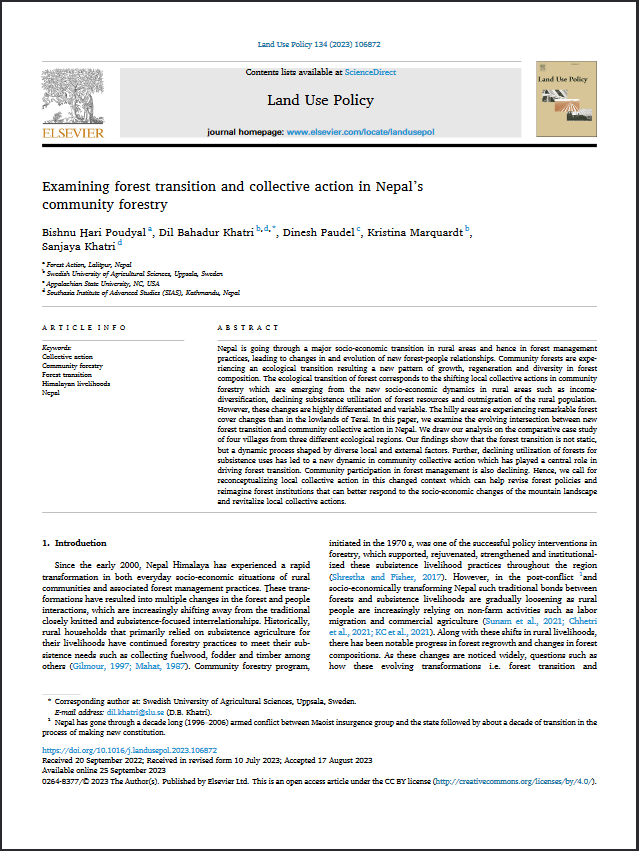Published online: 1 October 2015
Authors: Katie M. Konchar, Ben Staver, Jan Salick, Arjun Chapagain, Laxmi Joshi, Sita Karki, Smriti Lo, Asha Paudel, Prem Subedi, Suresh K. Ghimire
Available at: https://doi.org/10.2993/0278-0771-35.3.449
Rapid climate change in the Himalaya threatens the traditional livelihoods of remote mountain communities, challenges traditional systems of knowledge, and stresses existing socio-ecological systems. Through semi-structured interviews, participatory photography, and repeat photography focused on climate change and its impacts on traditional livelihoods, we aim to shed light on some of the socio-cultural implications of climate related change in Manang, a remote village in the Annapurna Conservation Area of Western Nepal. Observed changes in temperature, precipitation, permanent snow cover, and glacial extent directly inform villagers’ perceptions of and adaptations to Himalayan climate change. Adaptation strategies include a shift from traditional agropastoral practices to a more diversified blend of agropastoralism, tourism services, and cash-crop production. Climate change has tipped the scales in favor of the production of fruits and vegetables, cash crops previously unsuitable to the local climate. Diversification of livelihood strategies signifies transformation within the socio-ecological system of Manang and may enable greater resiliency to long-term climatic change. Continued development of relevant, place-based adaptations to rapid Himalayan climate change depends on local peoples’ ability to understand the potential impacts of climate change and to adjust within complex, traditional socio-ecological systems.







